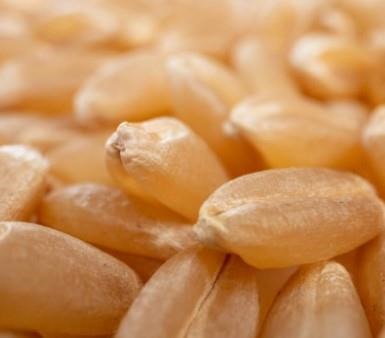By Kevin Conlan
A spike in milk prices paid to farmers in the past year — after years of depressed payments — is allowing them to pay off debt from the lean times, catch up on deferred maintenance and purchases, and save for the future.

Cows peek out Friday from a barn at East River Dairy in Homer. High milk prices in the past year have helped farmers, but prices have begun to slip again in recent months. Photo: Kevin Conlon/Cortland Standard
"This is an historical high," said Janice Degni, a dairy and field crops team member for Cornell Cooperative Extension's South Central New York region. "The last time it came close to this high was 2014, and then we had seven years of hell."
There was some temporary relief from low prices in 2020-21 as the federal government provided price supports for dairy farmers during the COVID-19 pandemic, Degni said. But sales dipped, at least temporarily, as schools — among the largest customers for milk — closed during the pandemic.
Cortland County had 75 dairy farms in 2020, state data show, producing 27.3 million pounds of milk.
The U.S. Department of Agriculture projects the statistical uniform price for milk products to be $24.69 per hundredweight — or 100 pounds of milk — for this year. The figure was driven up by four of the top five monthly prices in the past 22 years in April, May, June and July.
The average annual rate is up from $17.88 in 2021; $17.10 in 2020; $18.12 in 2019; $16.09 in 2018; and $17.44 in 2017, according to the USDA.
The actual rate paid to an individual farmer depends on several factors, including the butter fat, protein and other contents of the milk, and whether it is sold for consumption as fluid milk or made into other dairy products.
"A lot of farms are flush with cash now because of that (price increase), but you don't know how long that's going to last," said Mike McMahon, who owns McMahon's EZ Acres Farm on Creal Road in Homer. "They will be looking to make investments. They may be putting money away for a rainy day when milk prices drop."
McMahon said the price increase is a big boost to his bottom line, as he has 1,000 milking cows on his farm, which on average each produce about 90 pounds of milk every day.
"We're doing several repairs and updating some equipment," said Zack Young, a fourth-generation farm and an owner of East River Dairy in Homer. "You get caught up and get a little bit ahead. You never know when the next big drop is coming."
Young said the farm on Route 13 recently added a 125,000-bushel grain bin as it began growing soybeans this year and corn in the past two years to cut its feed costs.
Farmers in Cortland County have been shifting from fluid milk production to a blend, which is used for several products, such as cream, ice cream and cheese, Degni said.
Twenty years ago 50% to 60% of the milk was sold as fluid milk but that has decreased to between 30% and 40%, Degni said. Those blended prices tend to be lower than fluid milk.
The shift reflects an industry trend, Degni said.
"People are consuming the same amount of milk, but in different forms," she said.
Despite the high prices paid for their milk, farmers have taken some financial hits that have offset the higher income.
Historical highs in prices charged for grain to feed cows is prompting some farmers to switch to other feed sources that reduce milk production per cow, McMahon said.
Young, who has 1,400 milking cows, said high fuel prices this summer and increasing fertilizer costs are also eating into profits.
"It keeps your margins tighter than you would think," he said. "We did pretty well this year and we're ready for the next round (of milk price reductions)."
Young said after a peak in June and July, milk prices paid to farmers have already begun to fall.
Some farmers who had done well while prices were depressed were particularly well positioned when prices rose, Degni said.
"A small segment make a lot and they increase herd size and build new barns," she said.
Degni noted that the investment helps reduce the tax implications of increased revenue and farmers can expand and improve their businesses.
Click here to see more...